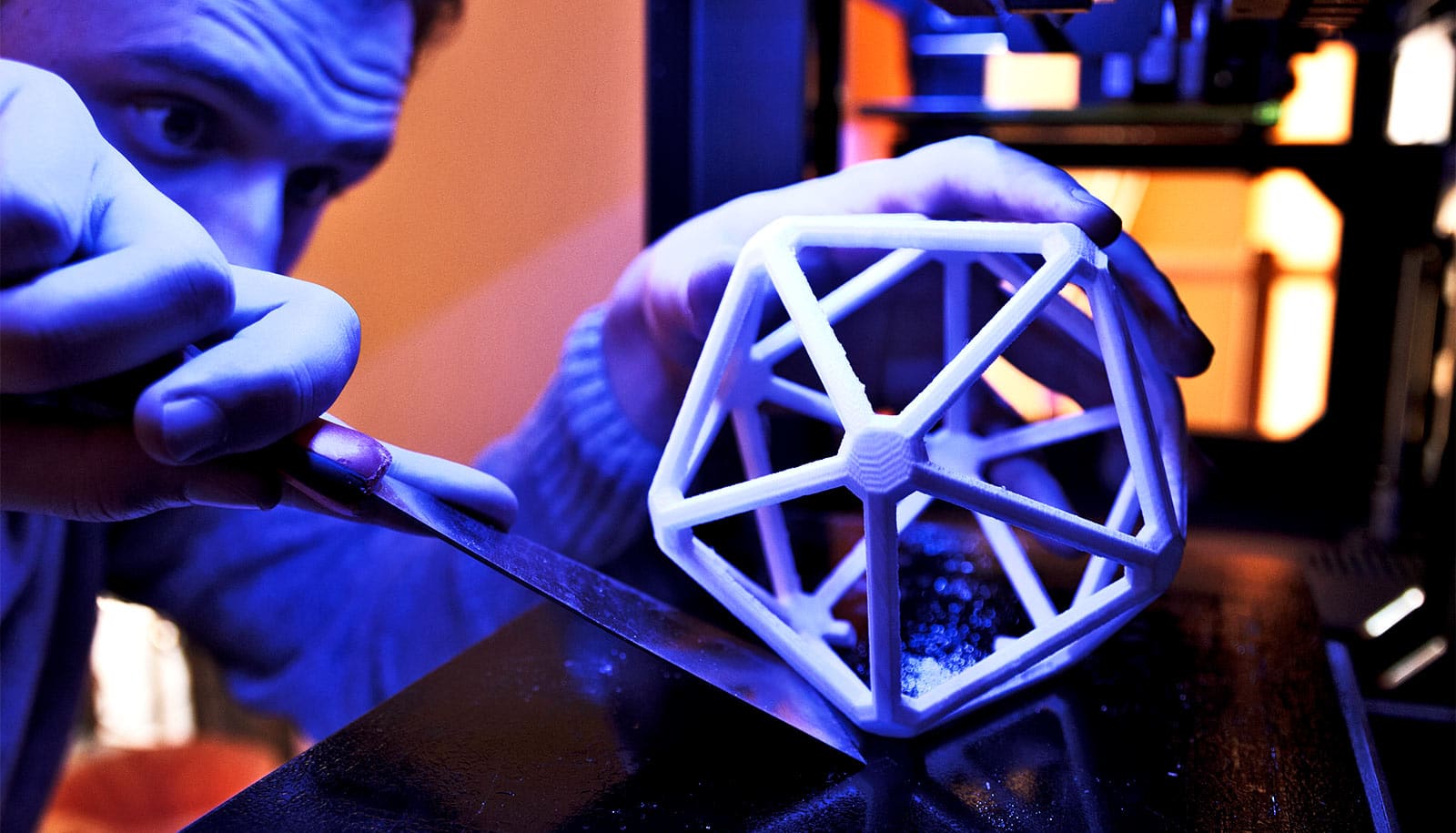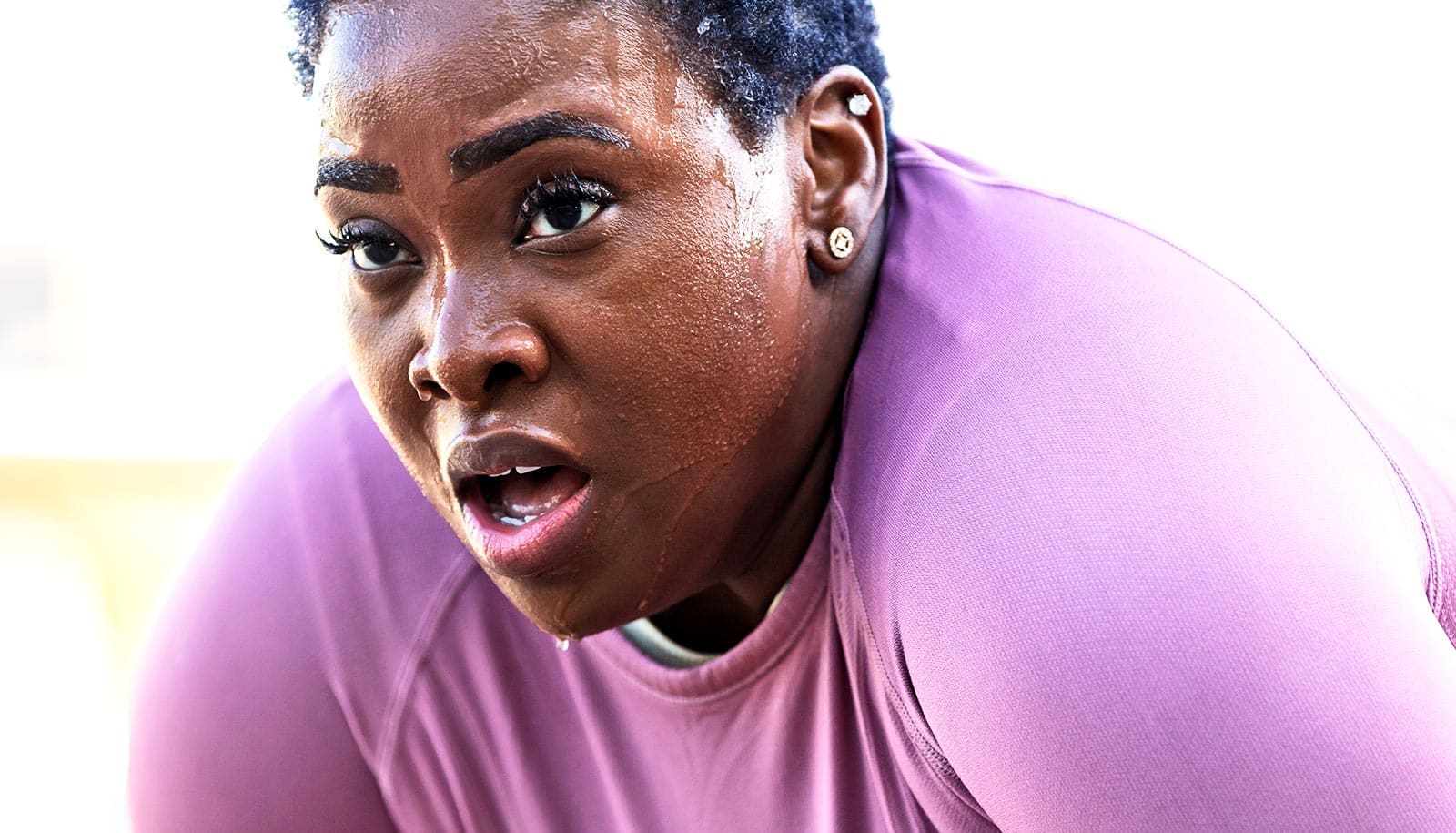Silicone shoes cast from 3D-printed molds treat pododermatitis, or “bumblefoot,” in birds of prey in a wildlife park.
Pododermatitis results in pressures sores, tissue swelling, and callouses, and if left untreated, could become disabling and even fatal. The protective silicone shoes were designed to relieve and redistribute pressure on the weight-bearing surface of the patient’s feet, as well as aid in the recovery from the degenerative avian foot condition.
Under certain conditions, some birds tend to spend longer periods perched on their feet. The continual pressure and weight on their feet can cause sores and swelling. In addition, arthritis, which is common in geriatric birds, can also lead to issues like pododermatitis. This treatment plan also plays a part in enhancing the quality of life of the park’s aging birds.
Xie Shangzhe, acting deputy vice president, conservation research and veterinary at the Mandai Wildlife Group, says, “While pododermatitis can be treated with traditional bandages, we wanted a more bespoke and innovative solution to treat the patient. We decided to look into 3D printing because it provided a more precise way of distributing the force the feet have to bear away from the affected area.”
Vultures in love
The Keio-NUS CUTE Center started research and design of the shoe two years ago. After two months of intensive creative development, the final shoe design was completed and a custom-made protective shoe was developed for its first patient, Walter, a 21-year-old female hooded vulture.
After recovering from her first shoe treatment that lasted 17 weeks in 2019, Walter was released to the Birds of Prey aviary. But love had other plans. She started displaying courtship behavior with another bird and preparing a nesting area. The nesting area was on a hard, high rock ledge where she spent an extended amount of time perching, causing the bumblefoot to come back. Walter was once again fitted with the shoes and put under observation from August to October this year. Her symptoms improved dramatically during this period and Walter’s shoes have since been removed.
She will be discharged from her observation ward into a special aviary for retirees of the park’s “Kings of the Skies” show where another hooded vulture resides. If she’s in the mood for love again and engages in nesting behaviors, Walter will get a suitable nesting area to prevent reoccurrences of the condition.
3D printing to treat bumblefoot
“A big advantage of 3D printing is the flexibility to customize the shoes according to the varying sizes, shapes, and conditions of each bird’s foot. The team at the Keio-NUS CUTE Center worked closely with Jurong Bird Park to design a shoe that was appropriate in terms of measurement, material, and usability according to the bird type and its unique usage behaviors,” says associate professor Yen Ching-Chiuan, co-director of the Keio-NUS CUTE Center at the National University of Singapore.
In August 2021, another geriatric and “Kings of the Skies” retiree, Miguel the 31-year-old male Southern caracara, was also fitted with his own customized protective shoes. Miguel, who developed pododermatitis as a result of arthritis from his advanced age, saw remarkable improvement after two and a half months of wearing the shoes.
Veterinarian Ellen Rasidi oversaw the patients’ recovery, which included cleaning the shoes weekly and regular monitoring to review the progress of their feet healing. Miguel’s shoes have been removed and he has also been discharged into the retirement aviary where he will spend his golden years with his fellow retiree birds of prey.
Earlier in the collaborative design process, the team at Keio-NUS CUTE Center had to design the shoe based on photos and measurements of the birds’ feet provided by Jurong Bird Park. This task became more challenging as the team had to incorporate several design considerations. For example, the shoe had to serve its main purpose of relieving and distributing pressure on the weight-bearing foot, and it also had to be comfortable for the bird to remain active while wearing the shoes. In addition, the shoe needed to be easily removed and cleaned. The material used must be non-toxic and durable as the patients may pick at the shoe with their sharp beaks.
Source: NUS



